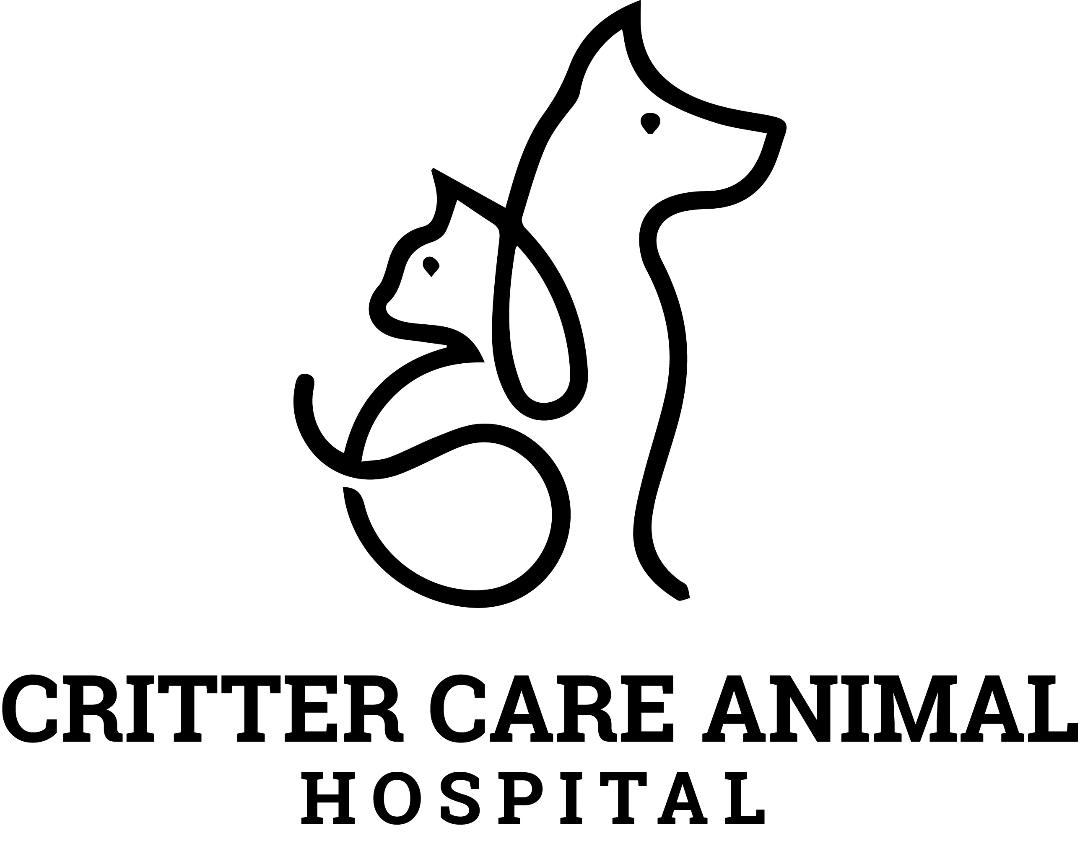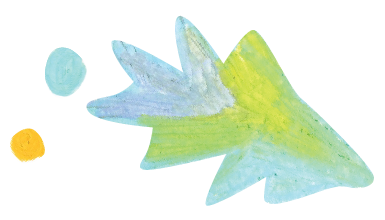Library
-
This handout outlines the use of disease-modifying osteoarthritis drugs (DMOADs) in dogs, specifically the use of polysulfated glycosaminoglycans (PSGAGs). The rationale for their use, and their dosing regimen are explained.
-
The lacrimal duct is part of the nasolacrimal system, a series of narrow tubes that allow tears to drain from the eye into the nose and mouth. This duct can sometimes become blocked or fail to develop properly, resulting in tears overflowing and potentially staining the face below the eye. The clinical signs, diagnosis, and treatment options for the condition are explained in this handout.
-
Laser surgery is a procedure in which a beam of light energy is generated at a specific wavelength, resulting in the cutting of tissues. Laser surgery has major advantages when compared to traditional surgery, including decreased pain, decreased inflammation, and improved tissue healing.
-
Lymphoma is a cancer of the lymph nodes and lymphatic system. This cancer may be localized to one particular region, or may spread throughout the entire body. Lymphoma is a relatively common cancer, accounting for 15-20% of new cancer diagnoses in dogs. The prognosis for lymphoma varies, depending on various characteristics that can only be determined by specialized testing.
-
Mastitis is a term used to describe inflammation of a mammary gland. In most cases, mastitis is caused by a bacterial infection. Trauma to the mammary gland, or prolonged periods of milk accumulation without milk removal, can lead to inflammation within the mammary gland. Most dogs with mastitis can be treated on an outpatient basis with oral antibiotics and pain medications, though severe cases may require hospitalization or surgery.
-
Silymarin is an over-the-counter nutritional supplement that is used off-label and is given by mouth to treat liver and cancer conditions. Give as directed. Side effects are uncommon but may include vomiting or diarrhea. Do not use it in pets that are allergic to it. If a negative reaction occurs, please call the veterinary office.
-
Mites and lice can cause trouble for guinea pigs. Some mites may cause no clinical signs, while others can cause extreme signs, including itchiness, crusty skin, hair loss, and secondary bacterial skin infection. This article summarizes diagnosis and treatment.
-
Mothballs are solid pesticides that slowly release a vapor to kill and repel moths, their larvae, and other insects from stored clothing and fabric. Mothballs are sometimes also used to repel snakes, mice, and other animals, although this use is not recommended and can be harmful to pets, children, and the environment.
-
Pain research suggests that multi-modal therapy is the best choice for managing the chronic pain of OA. In this approach, multiple approaches are used together to manage OA pain, including non-steroidal anti-inflammatory drugs (NSAIDs), joint supplements, nutraceuticals, nutrition, adjunctive medicines, physical medicine, and changes to the home environment.
-
Many herding breeds (most commonly Collies and Australian Shepherds) have a mutation at the MDR1 gene that makes them more sensitive to the negative effects of certain medications. These drugs include several antiparasitic agents (when given at high doses), the antidiarrheal agent loperamide (Imodium®), and several anticancer drugs. The effects of the mutation vary in severity, depending on whether the dog carries one or two copies of the mutation. There is a cheek swab or a commercially-available test that assesses blood samples for the presence of the MDR1 mutation.

